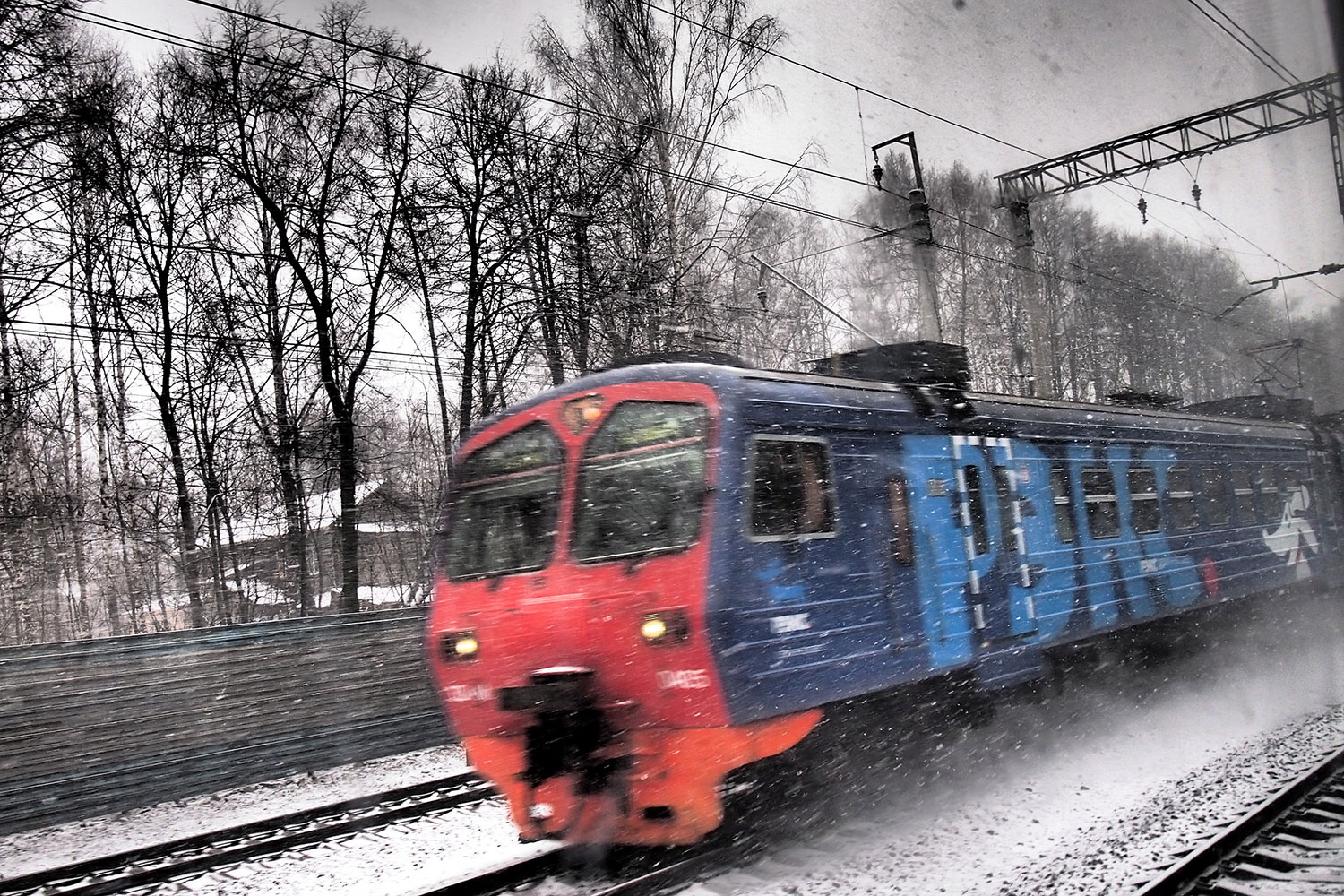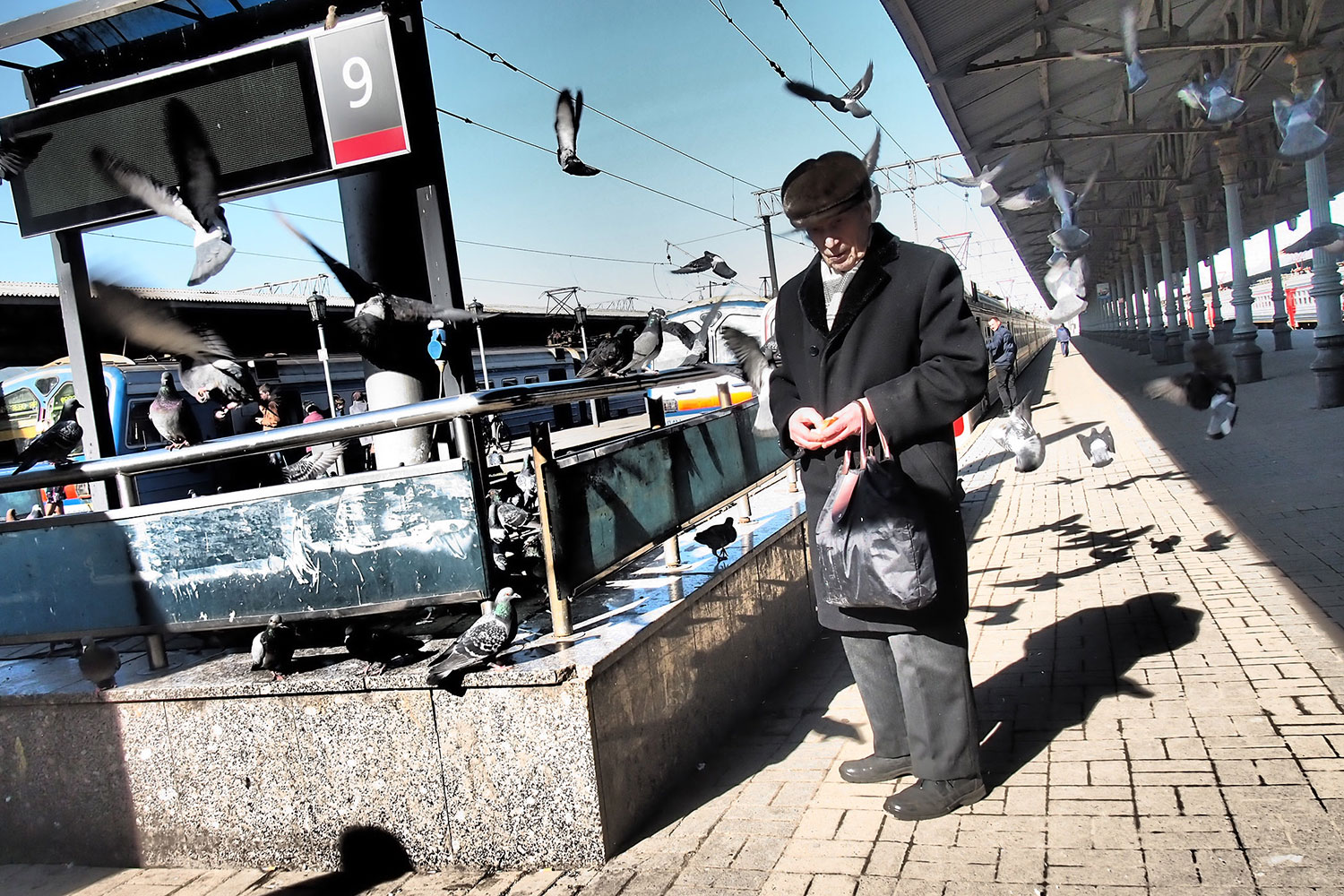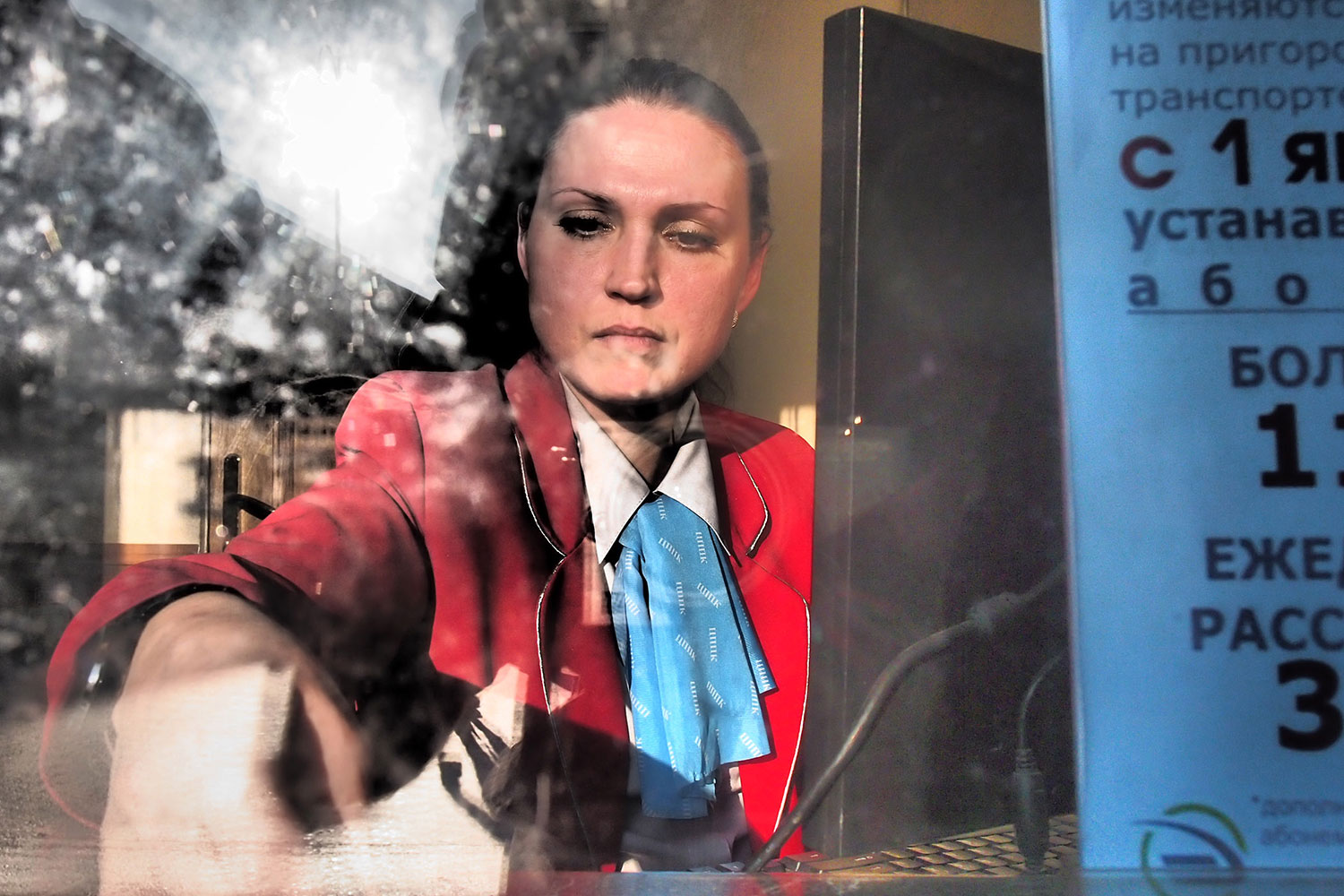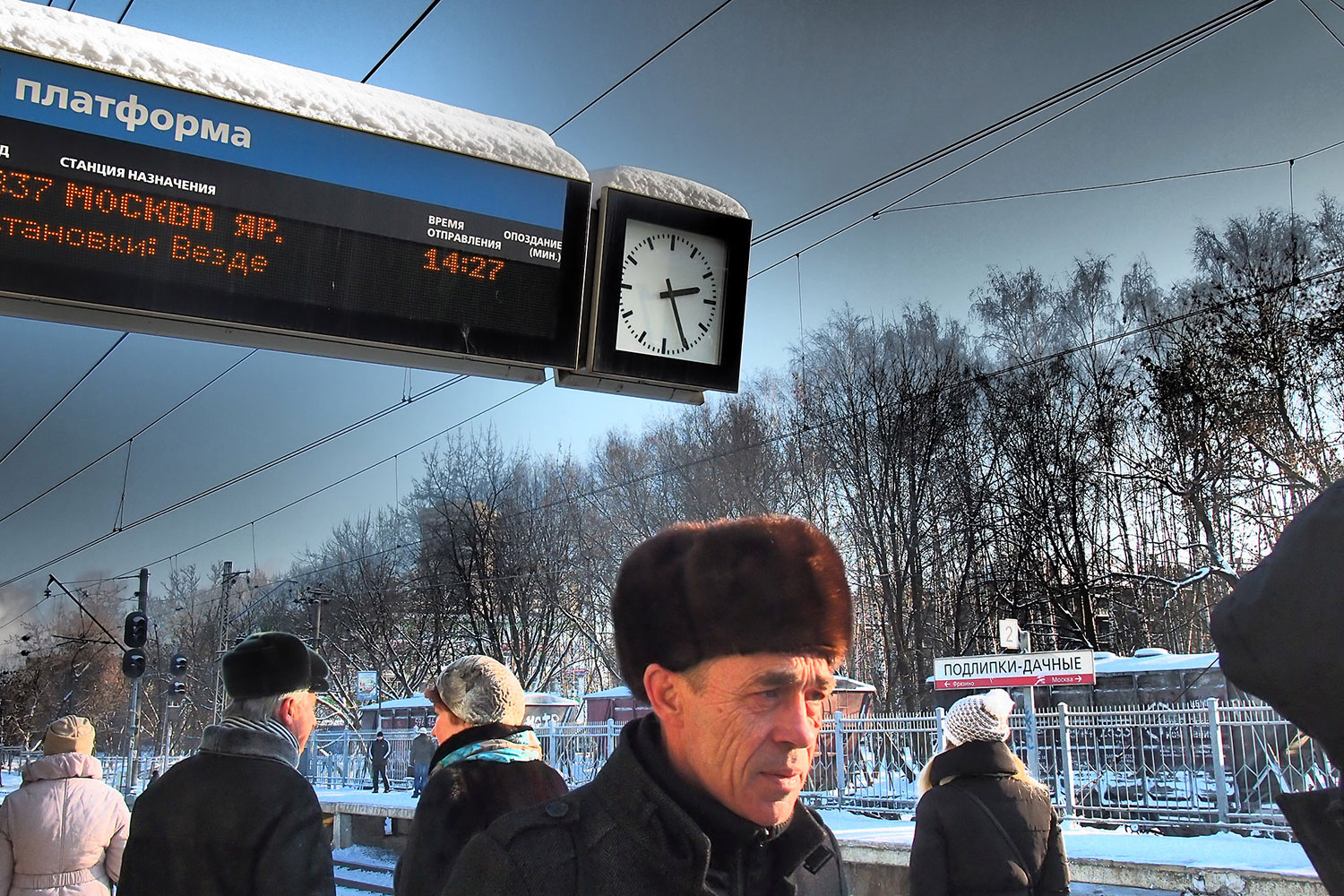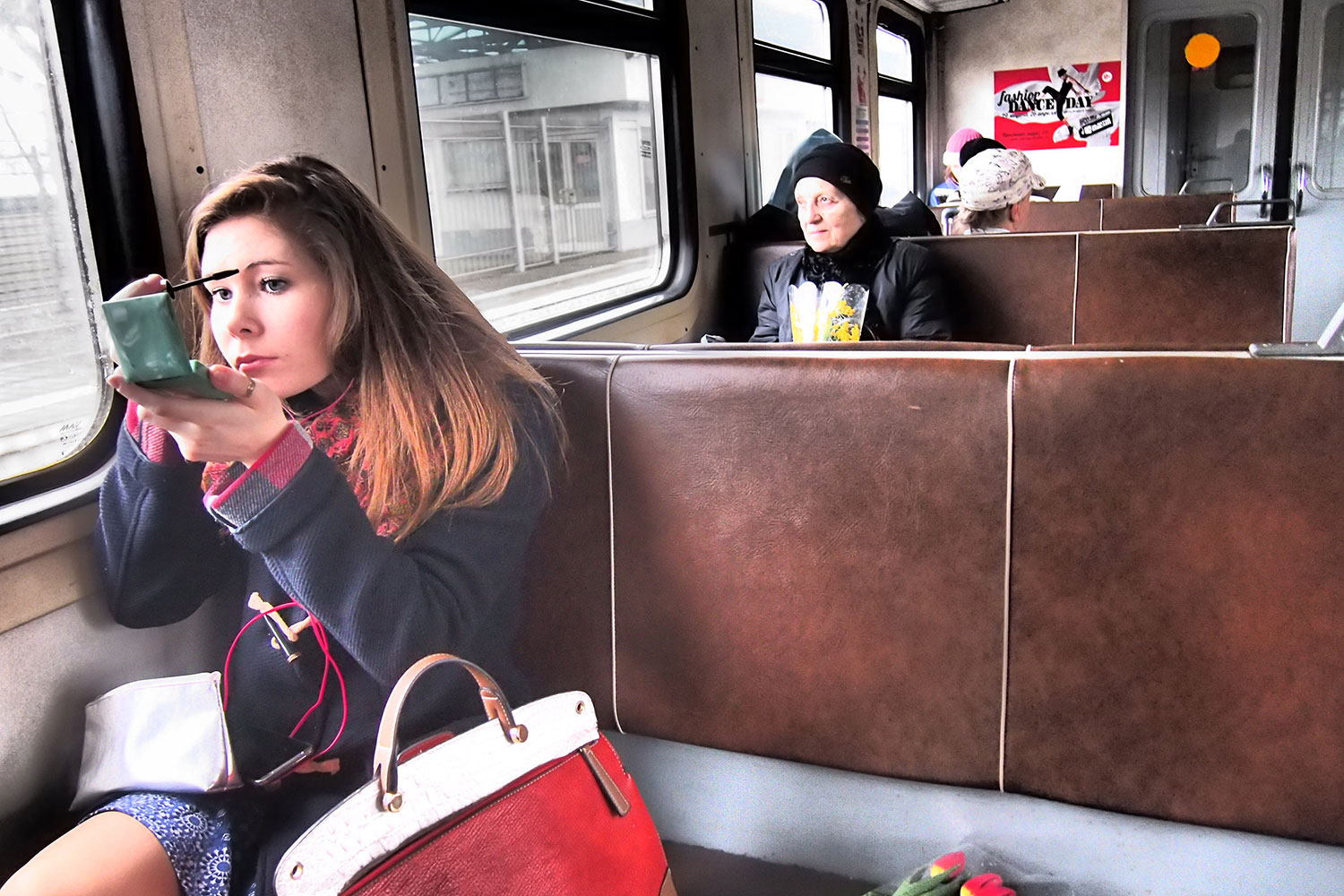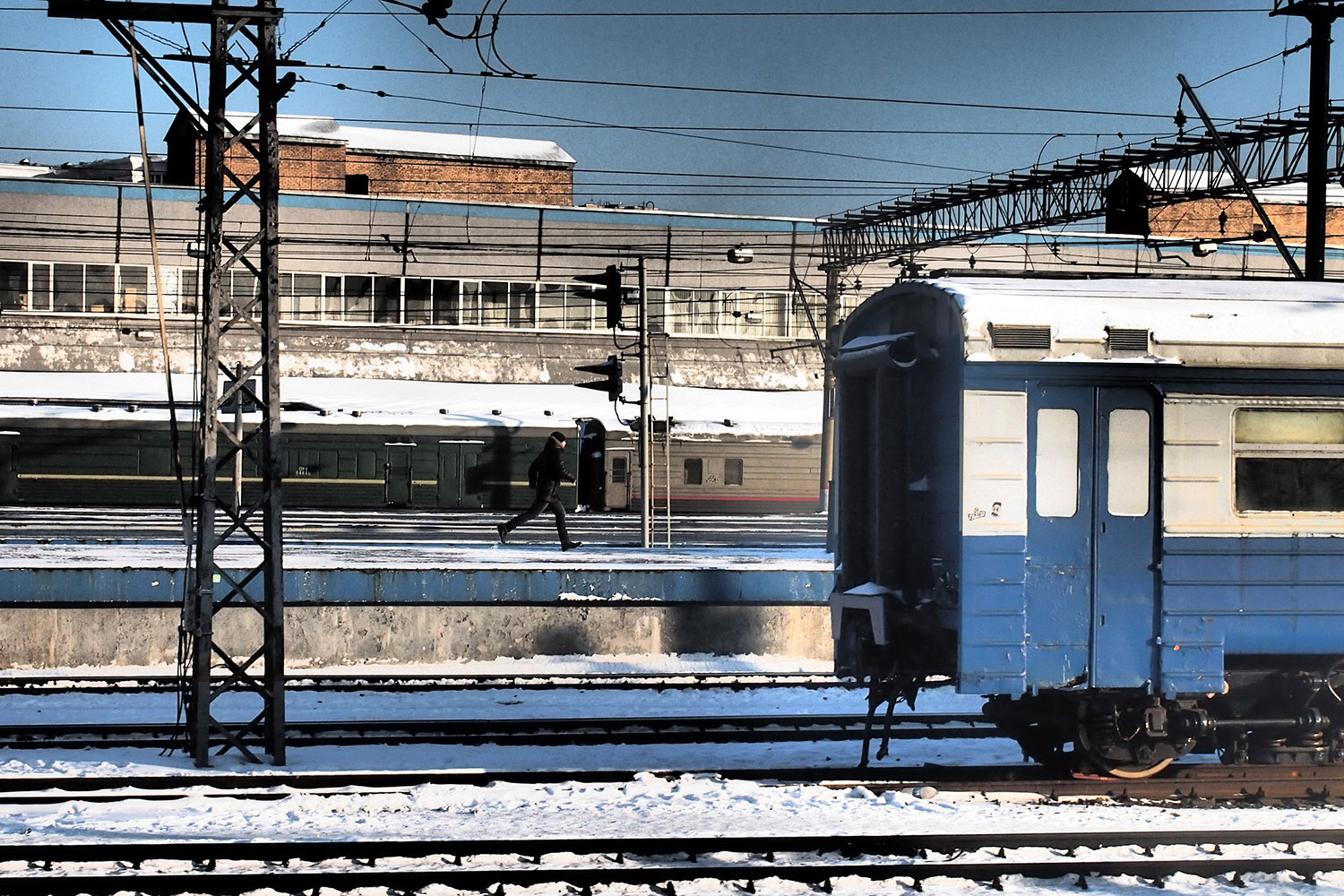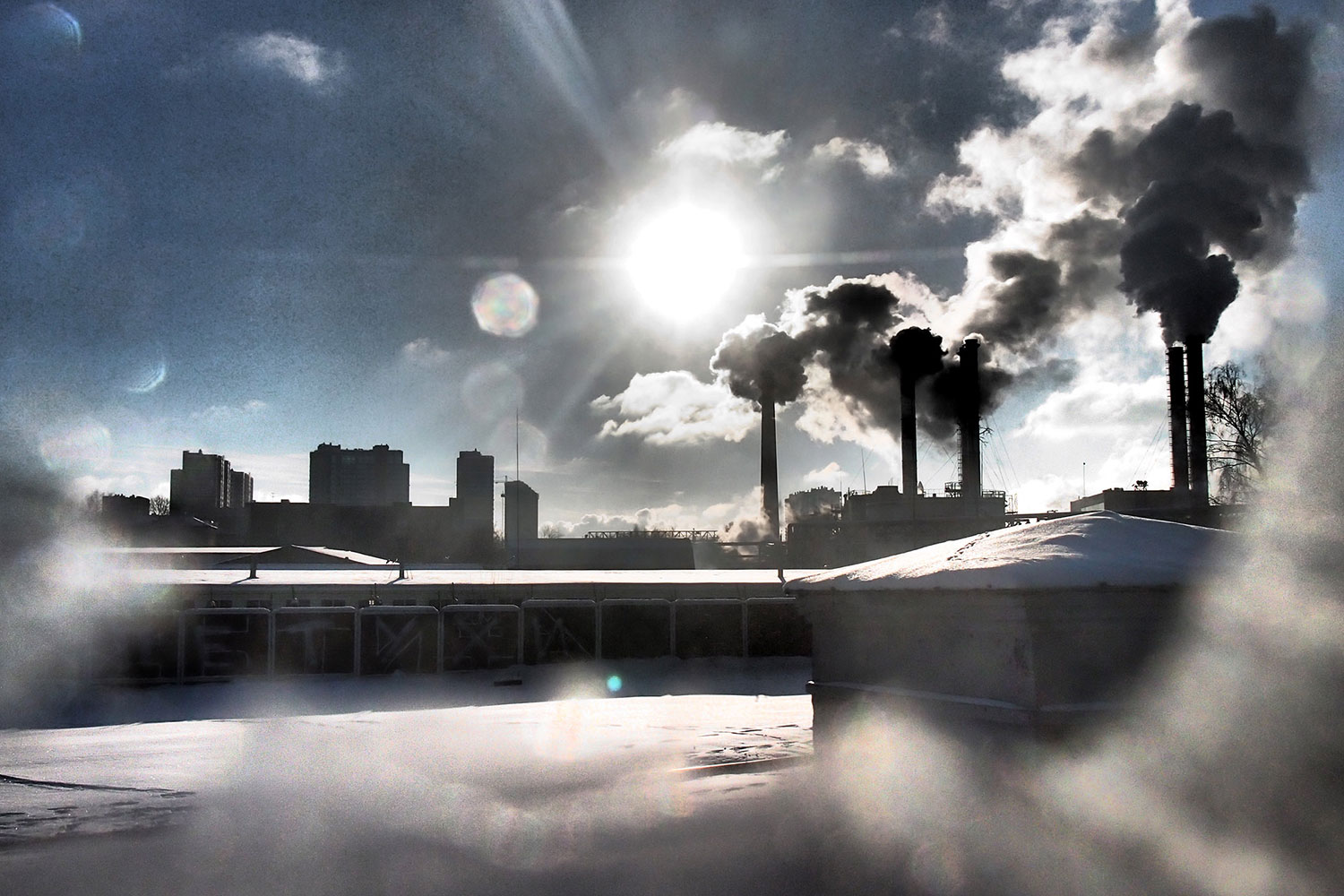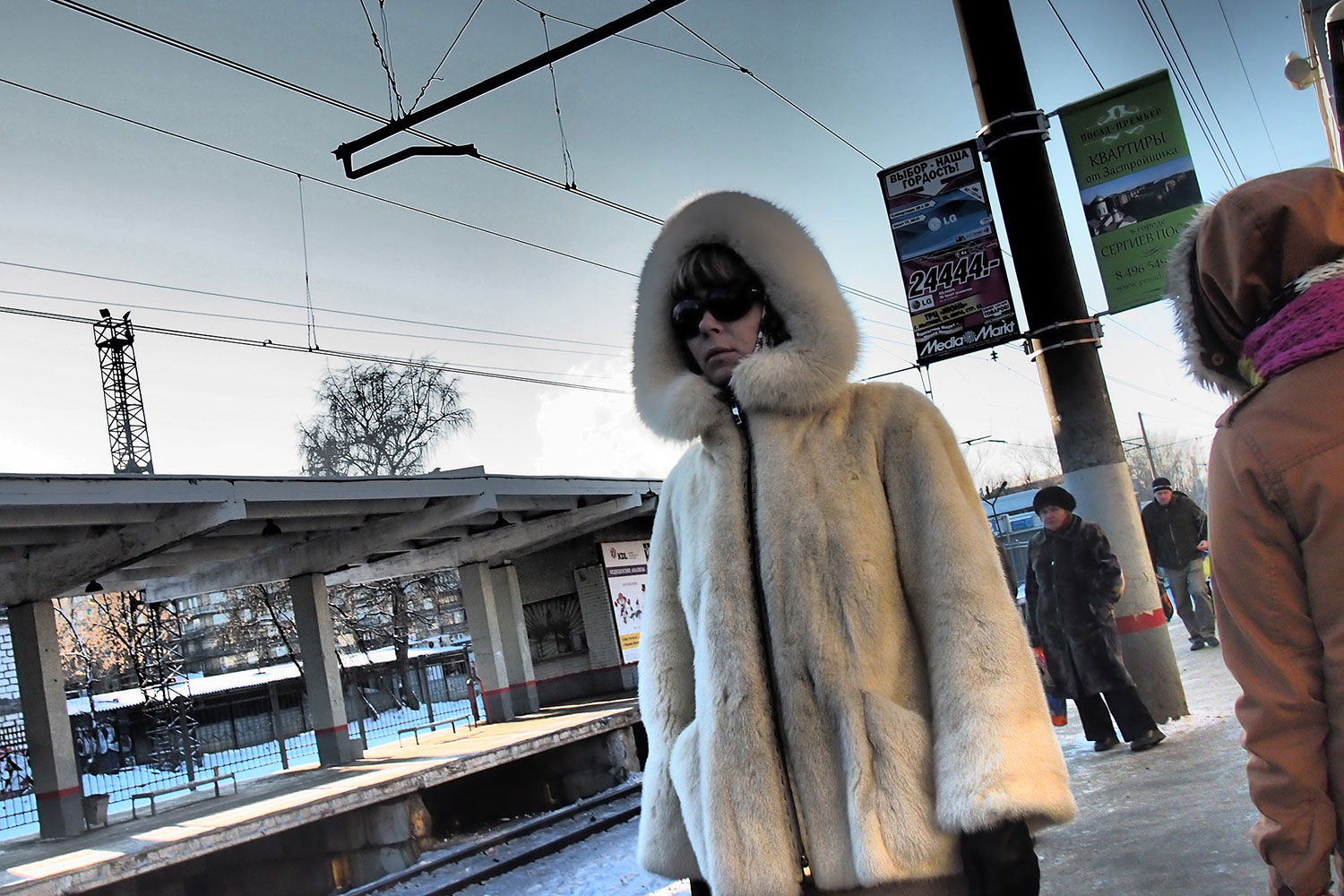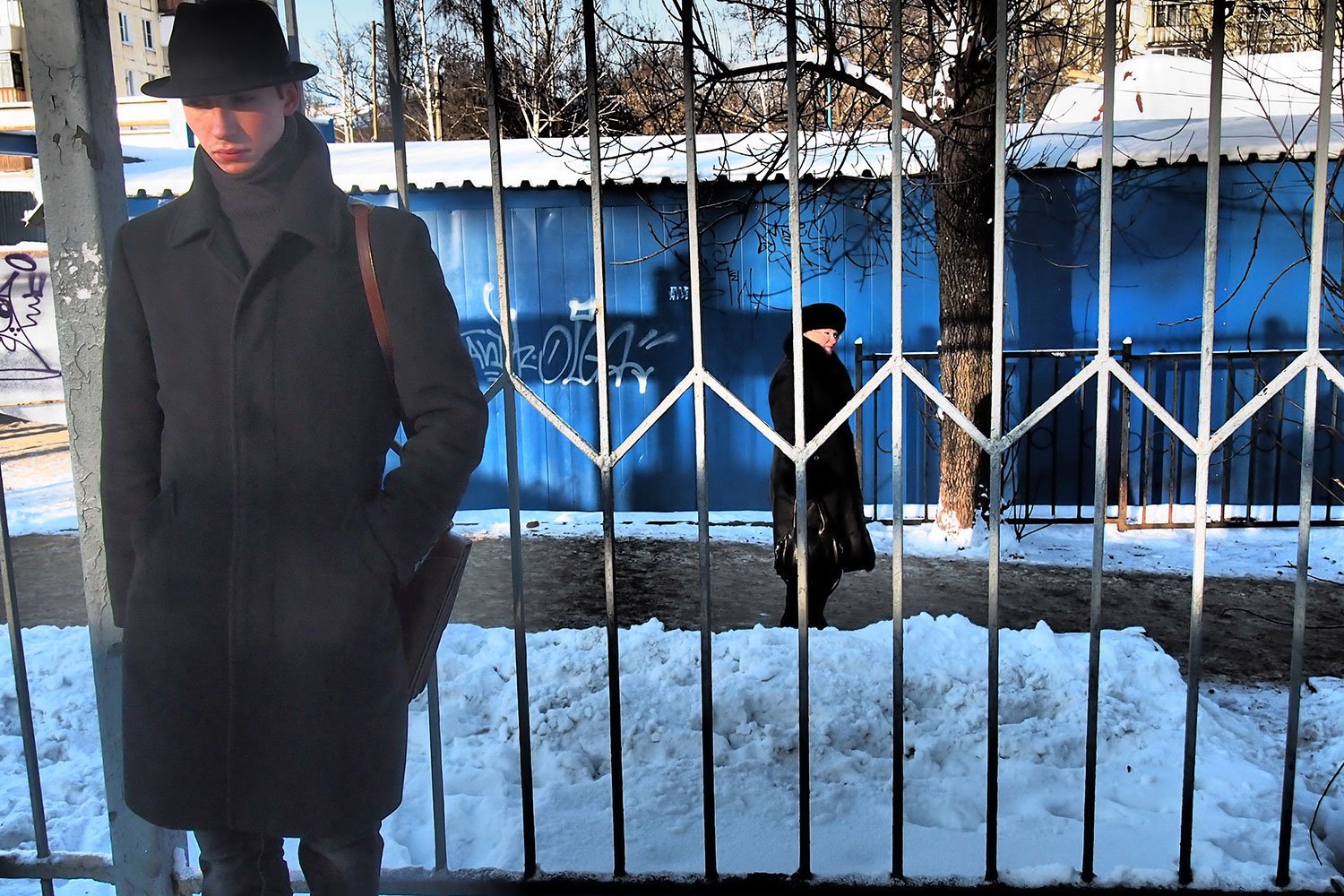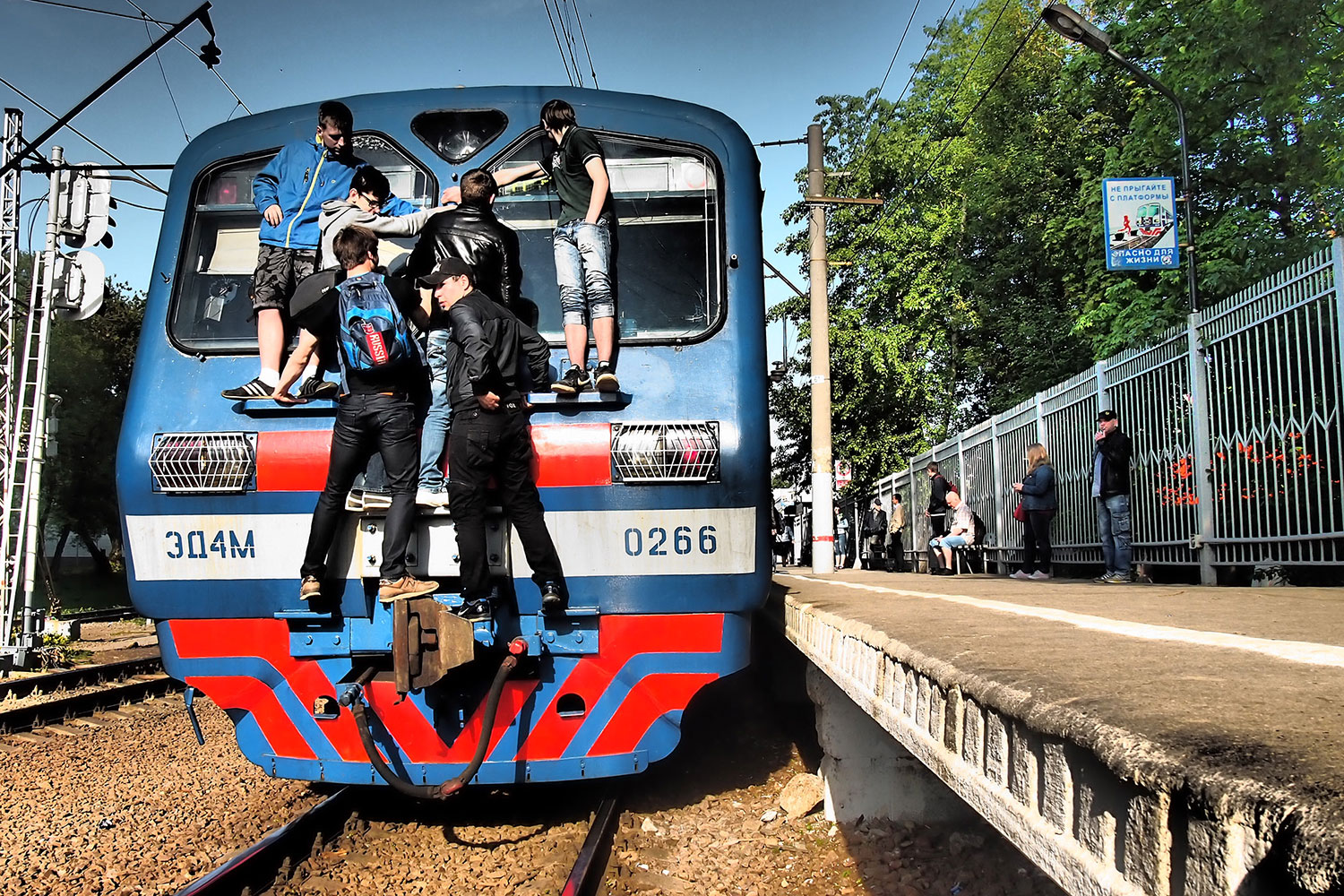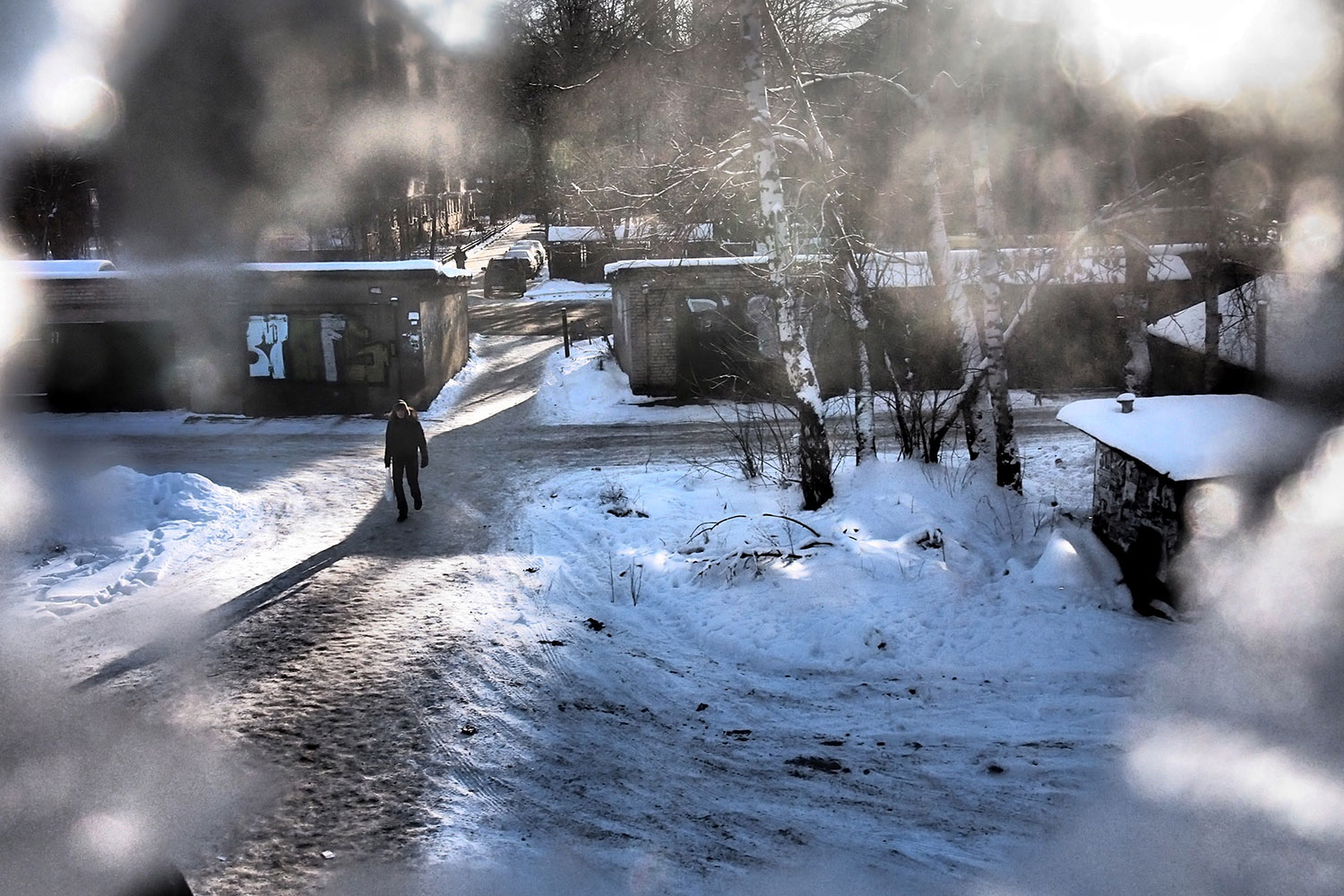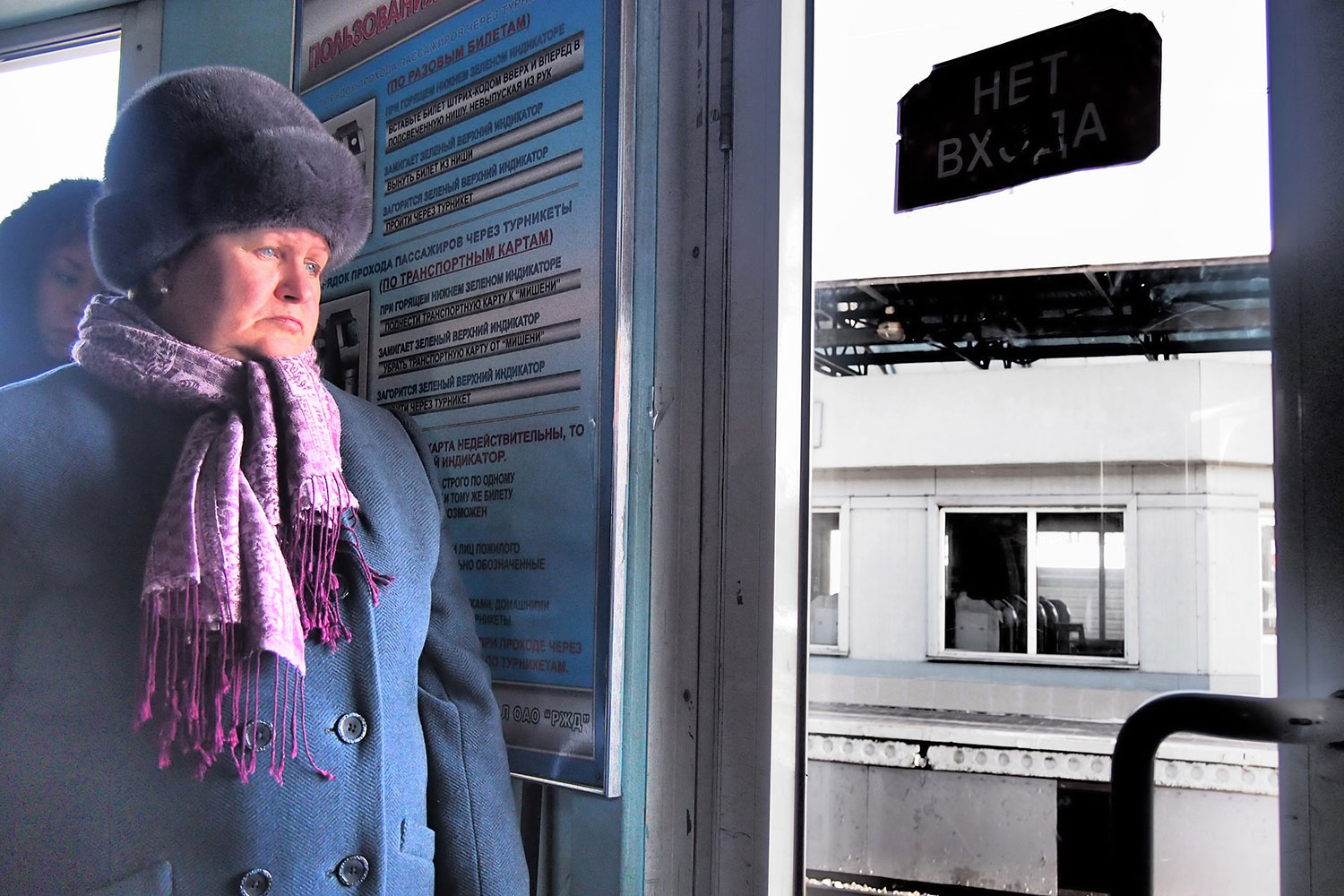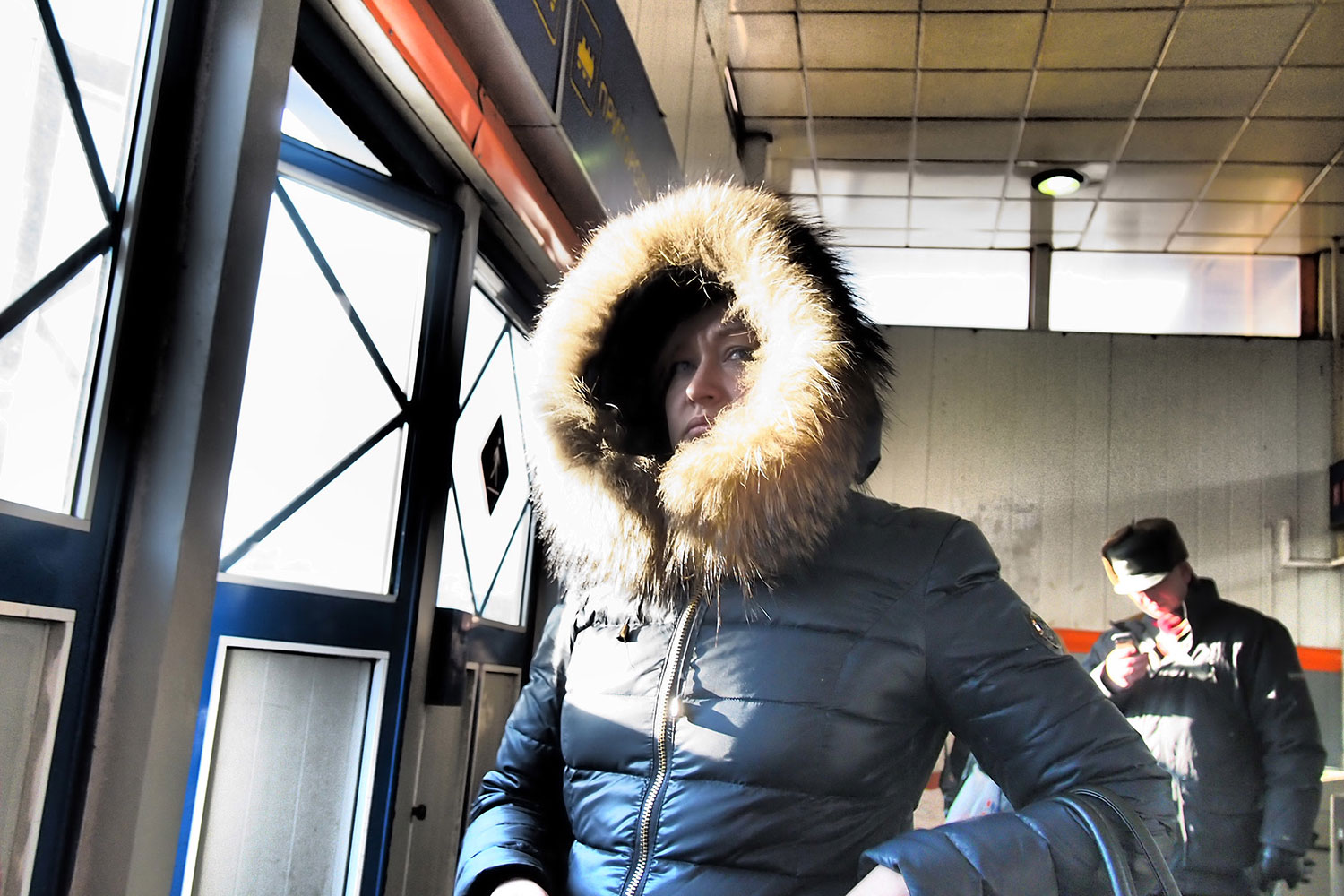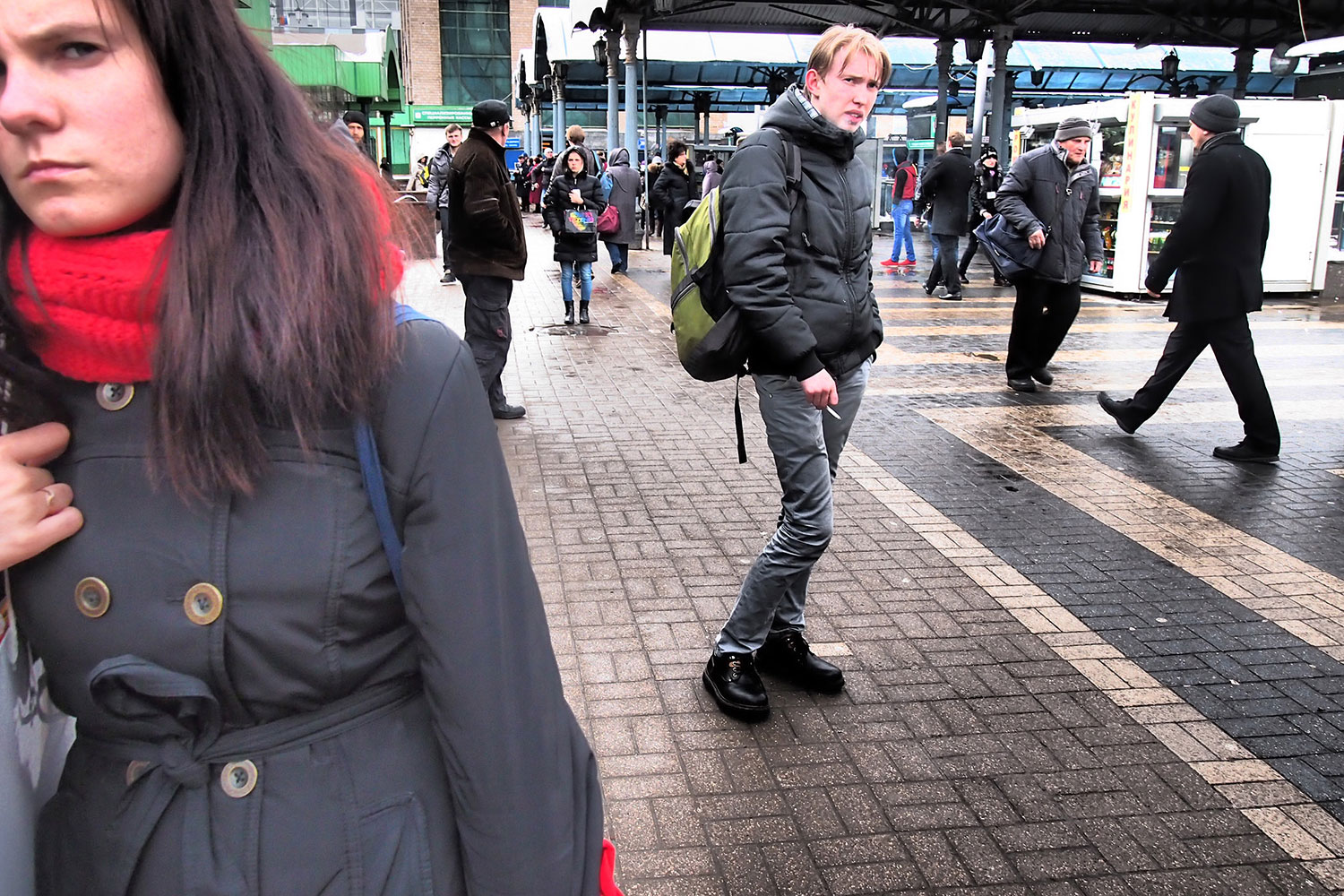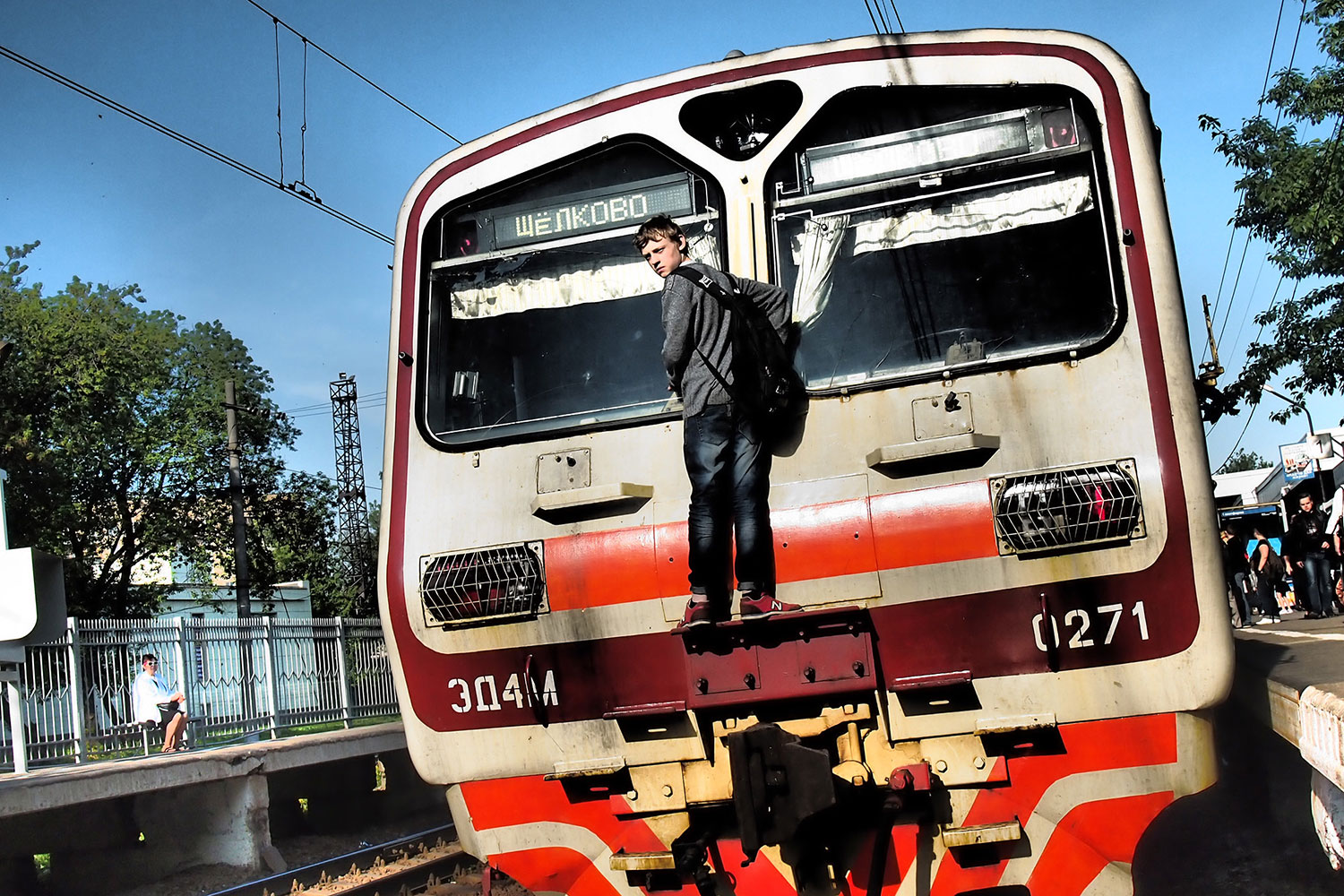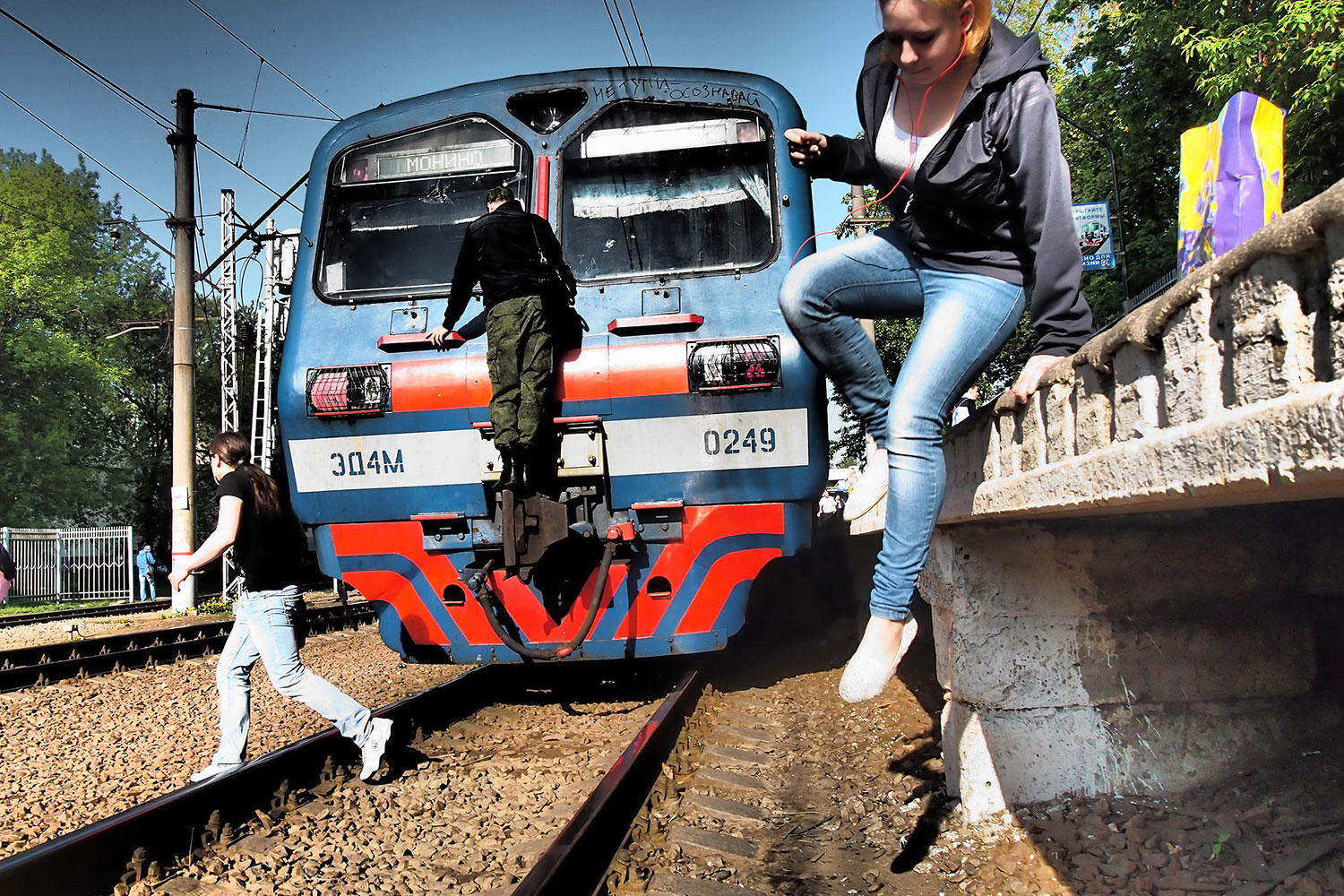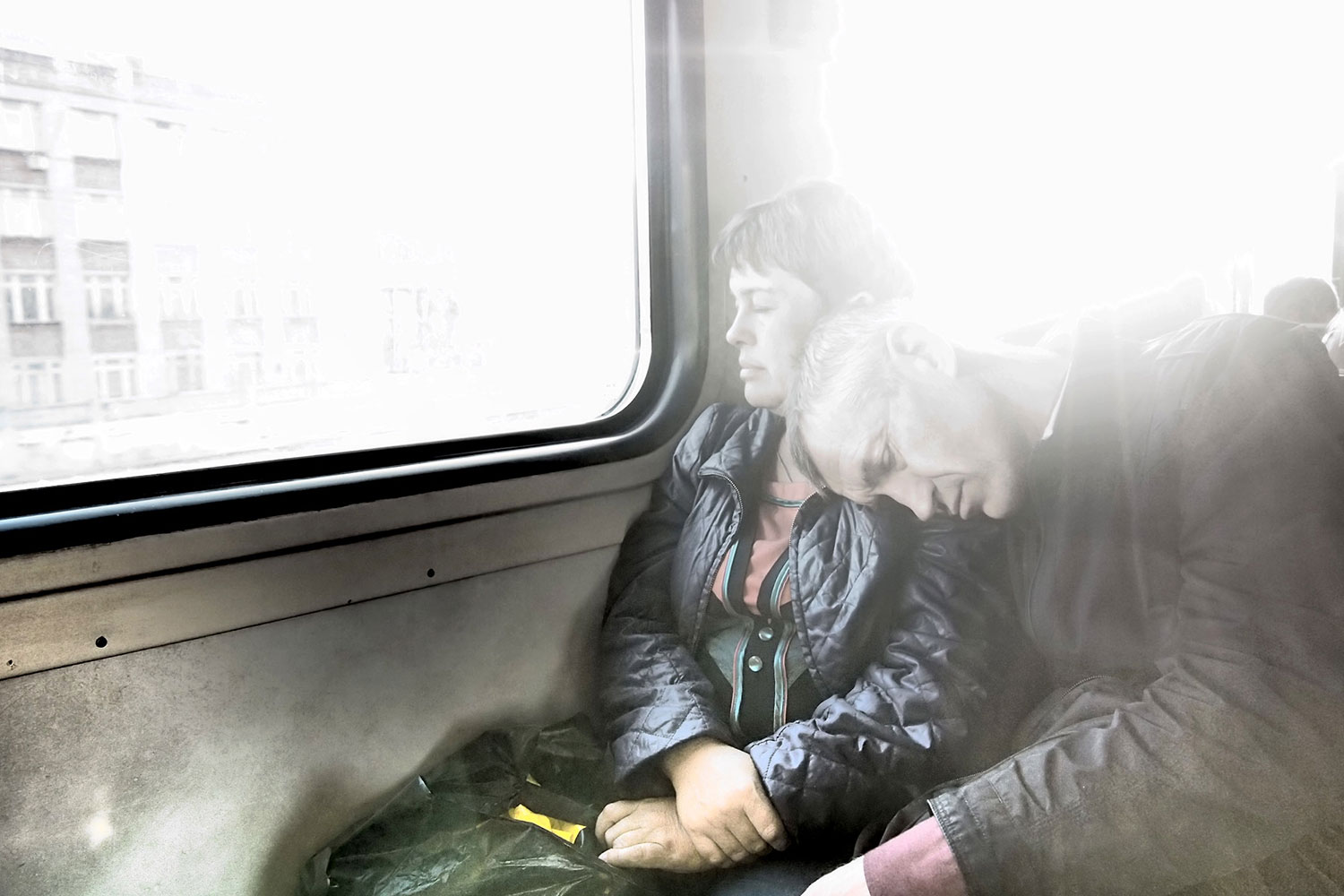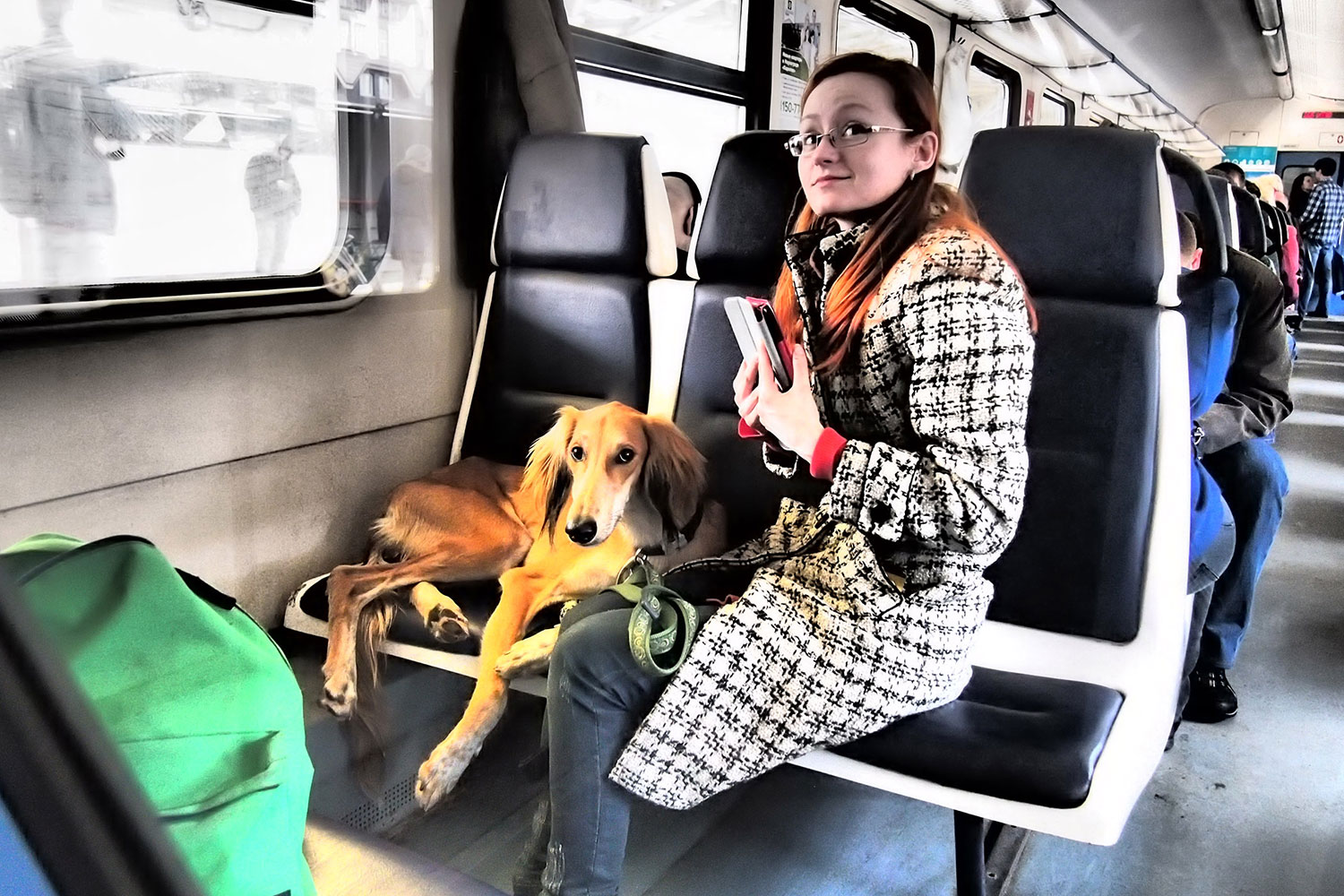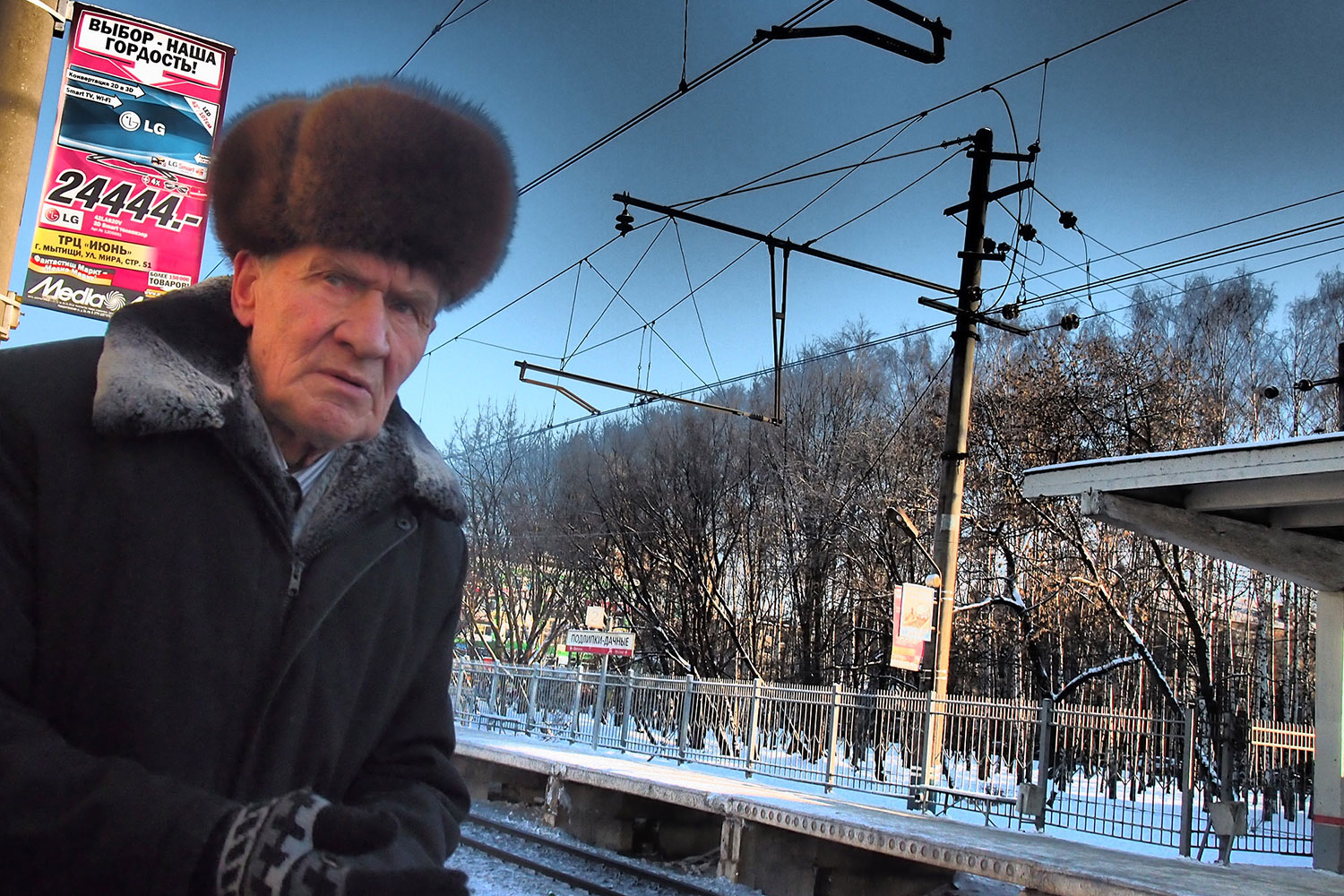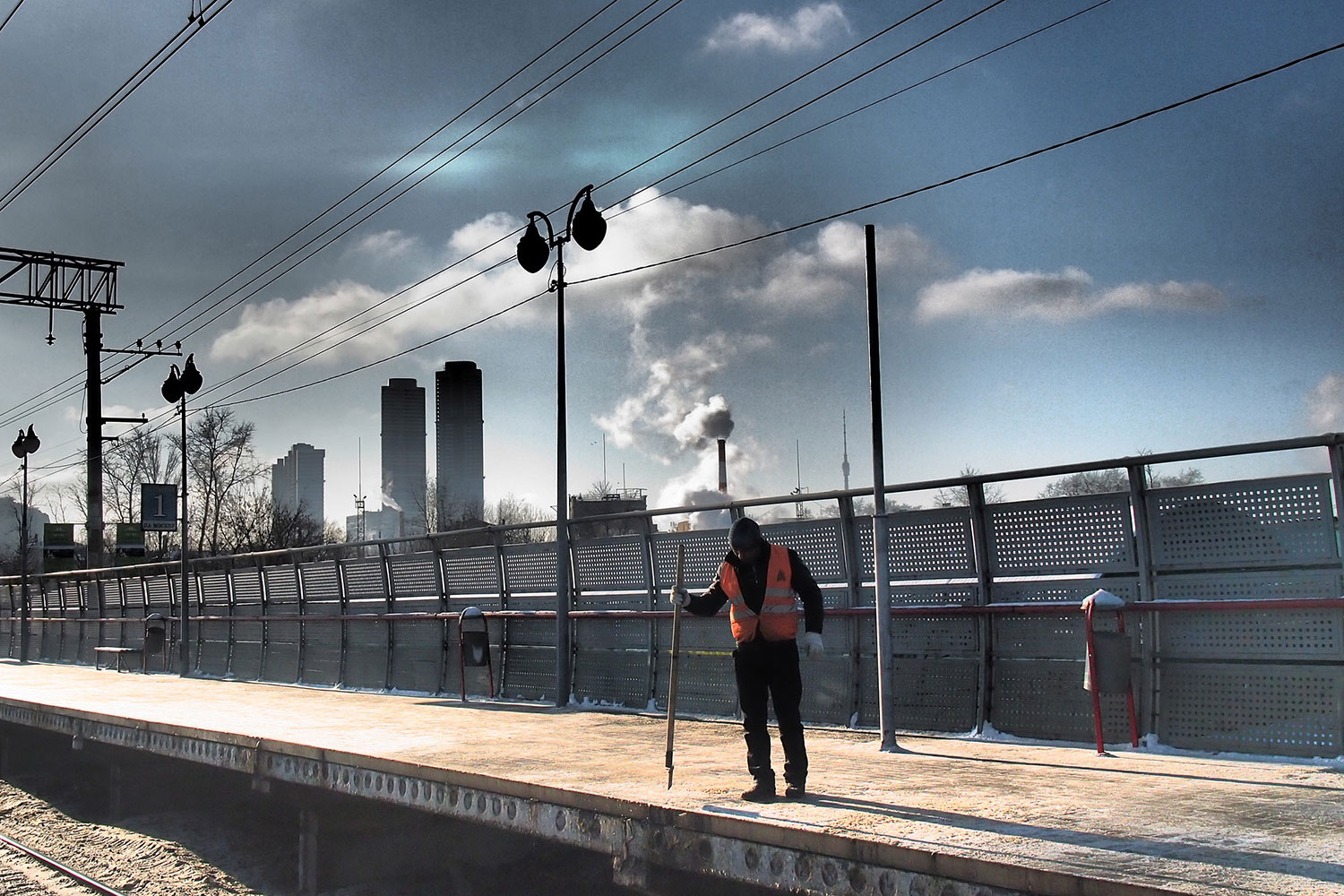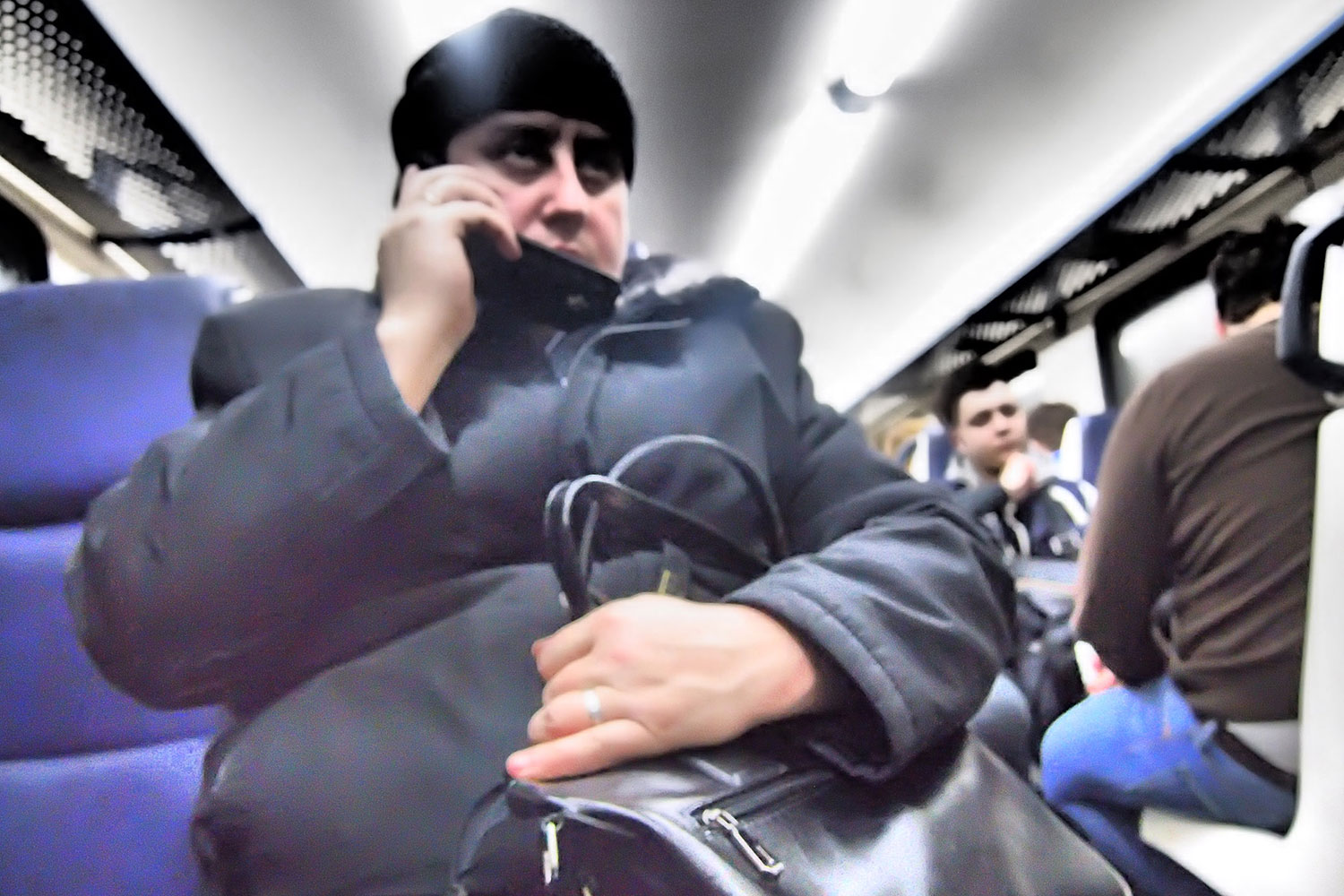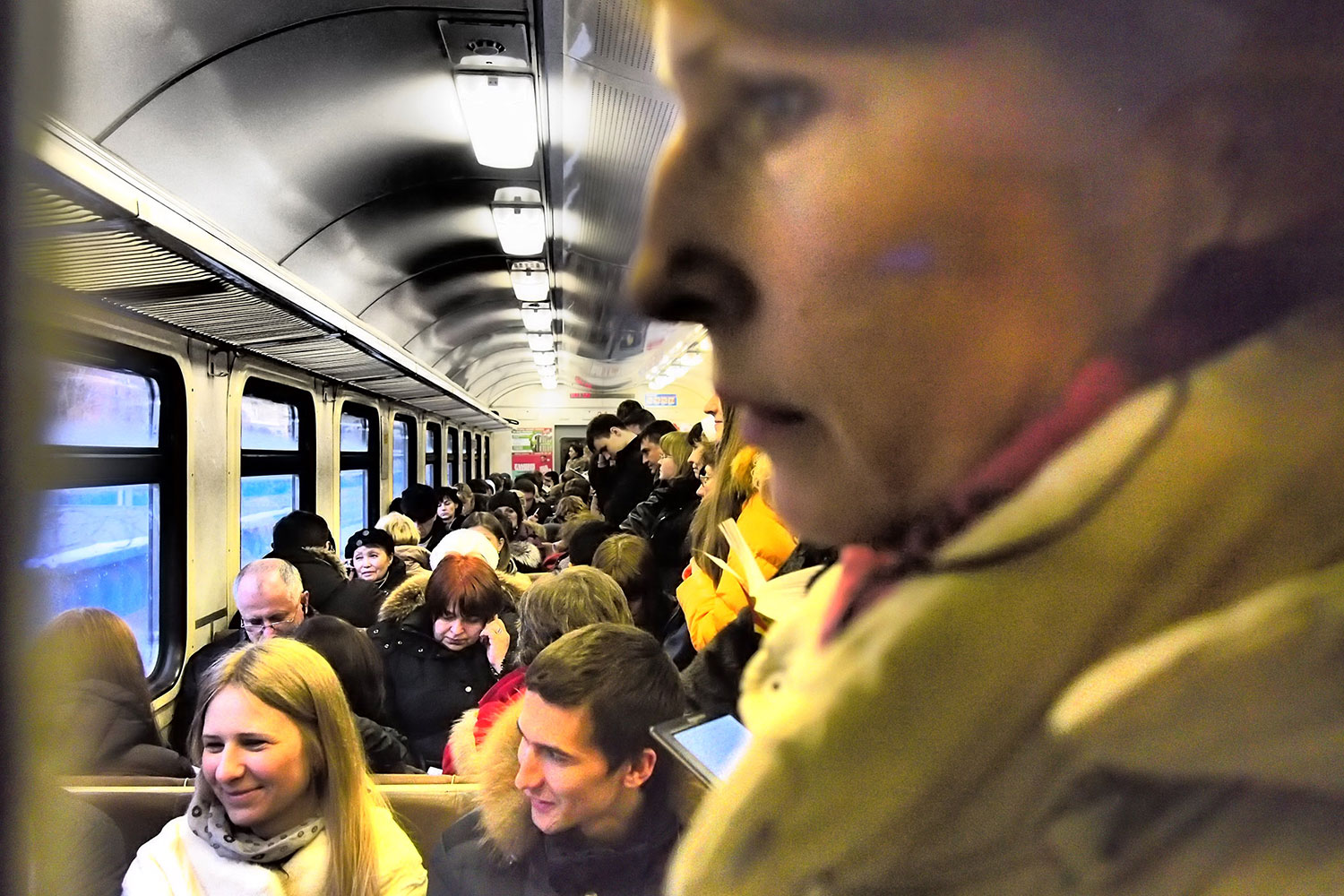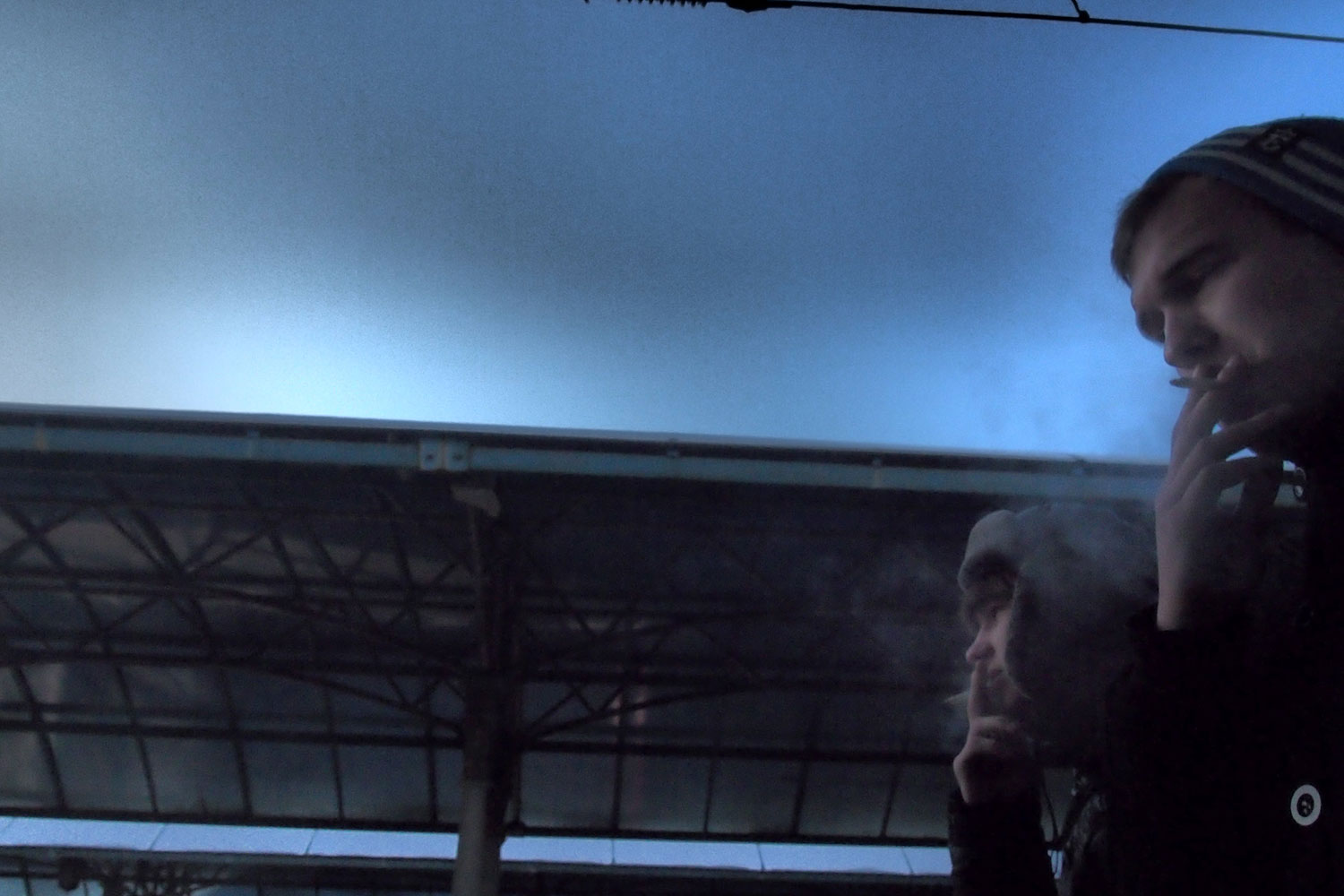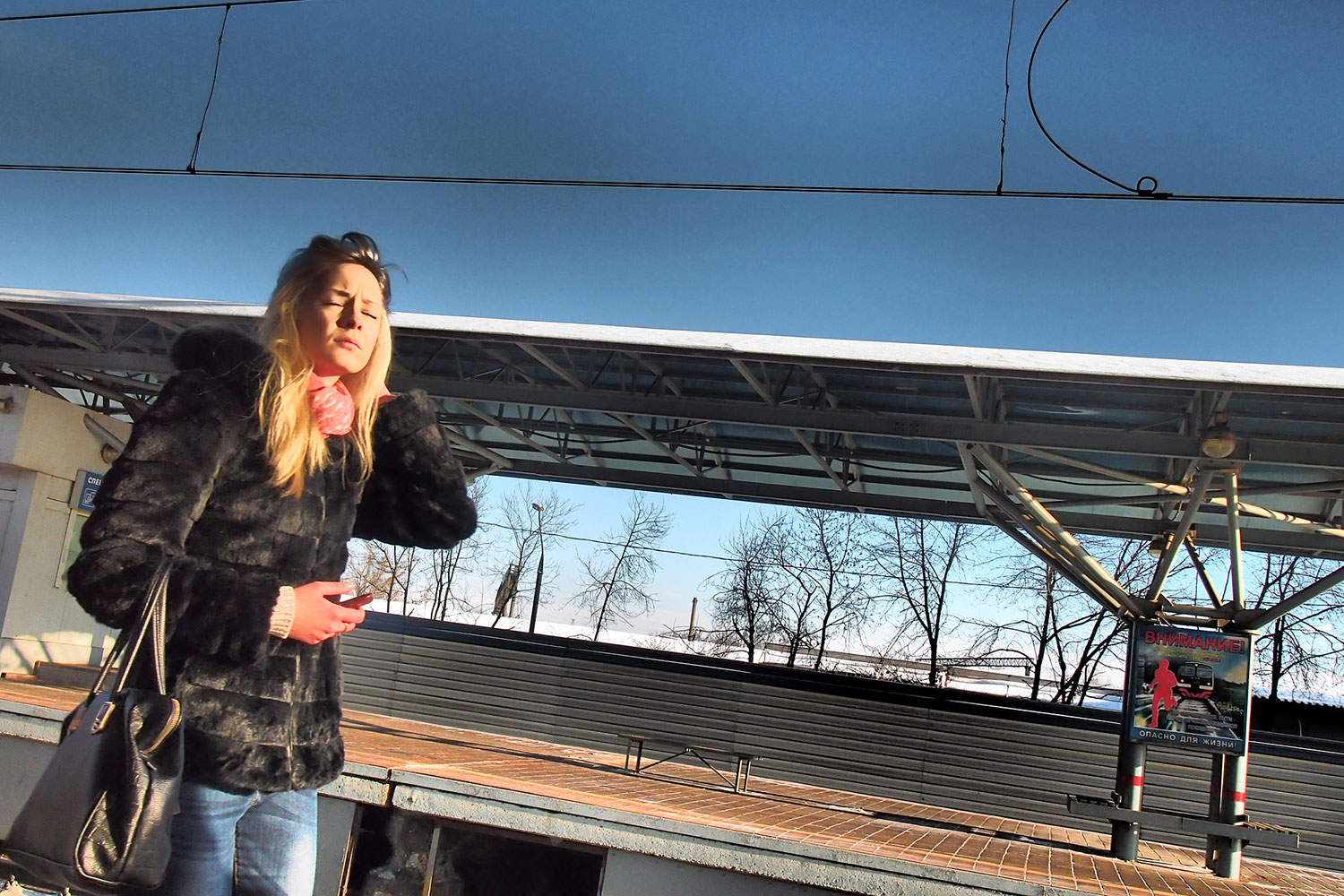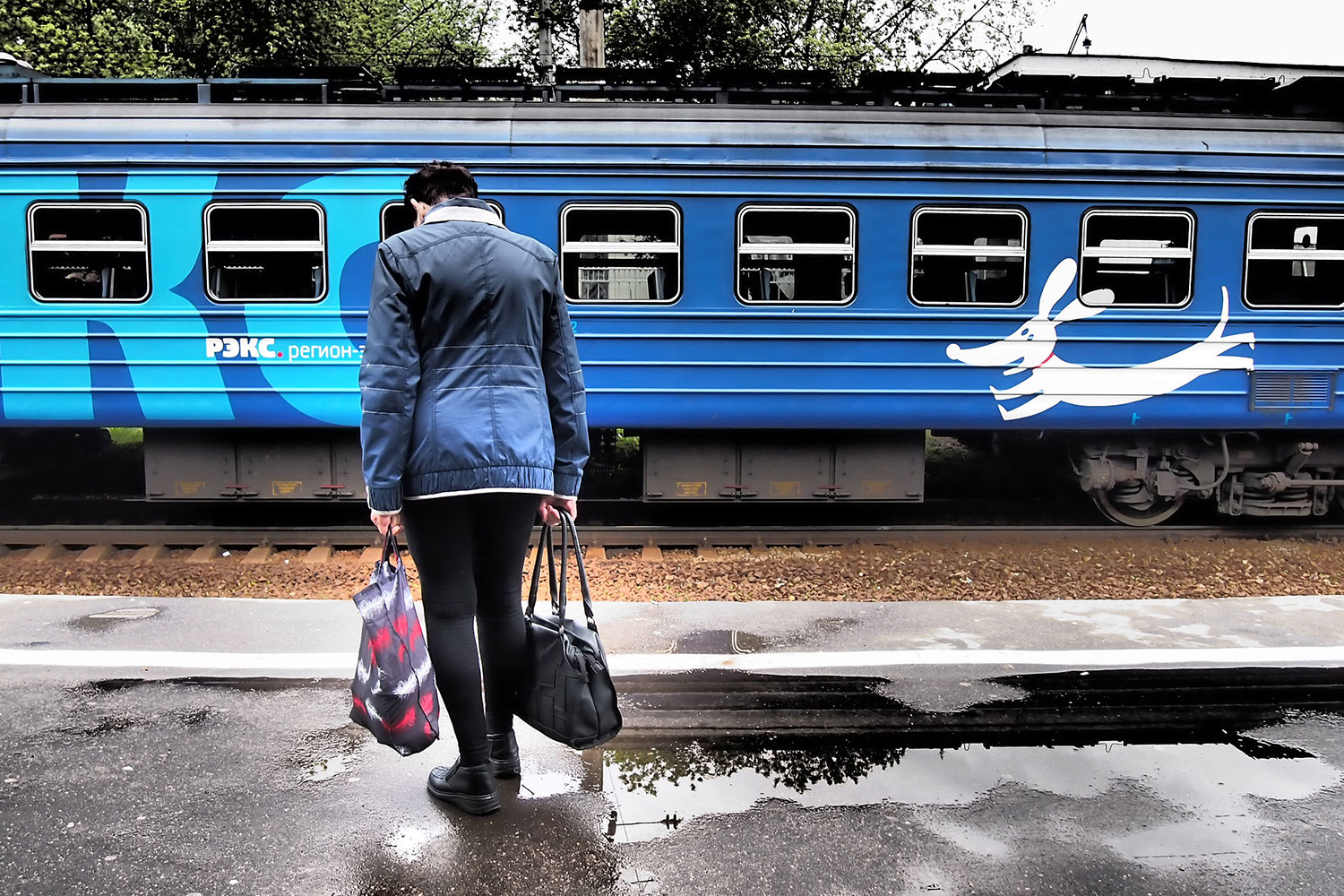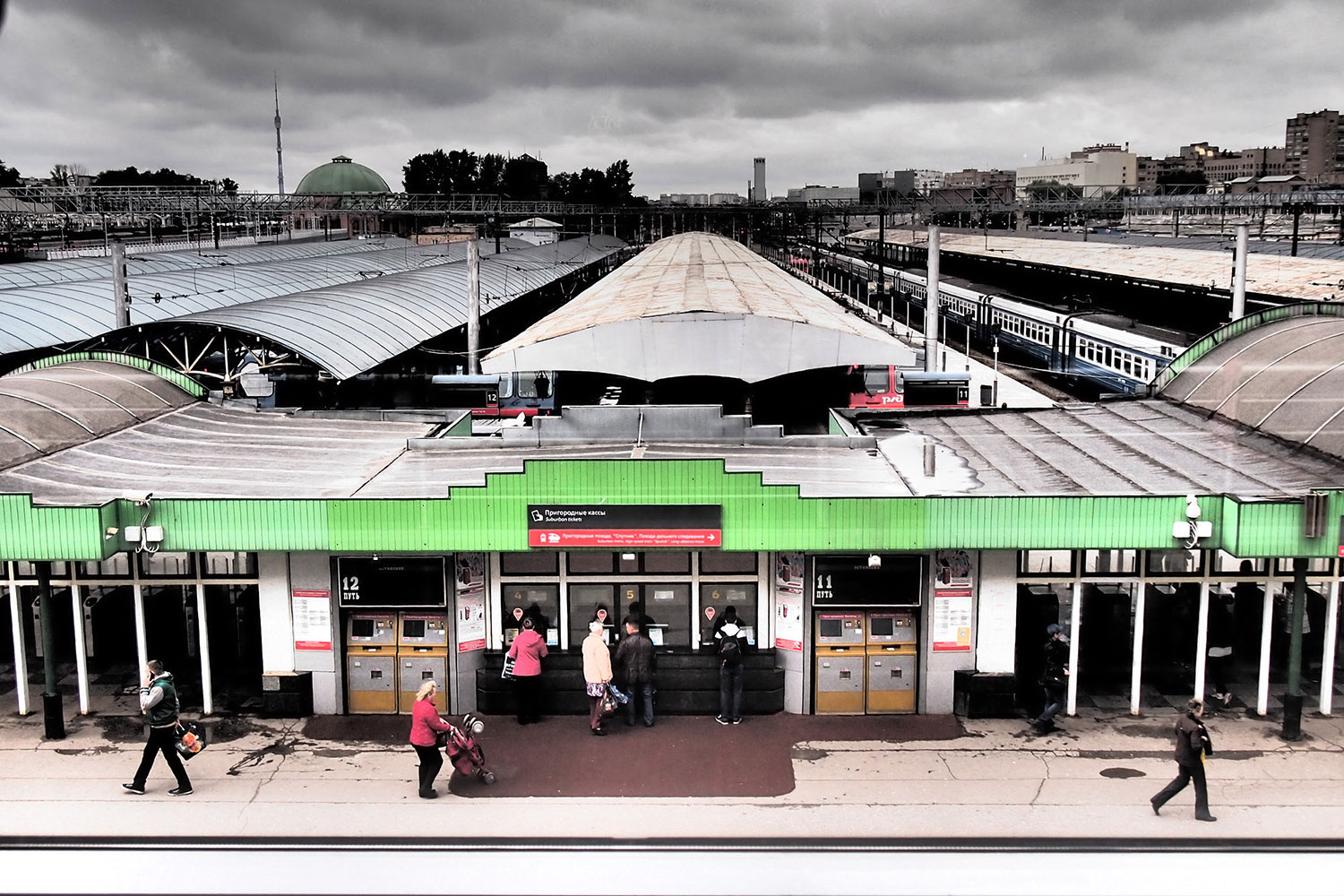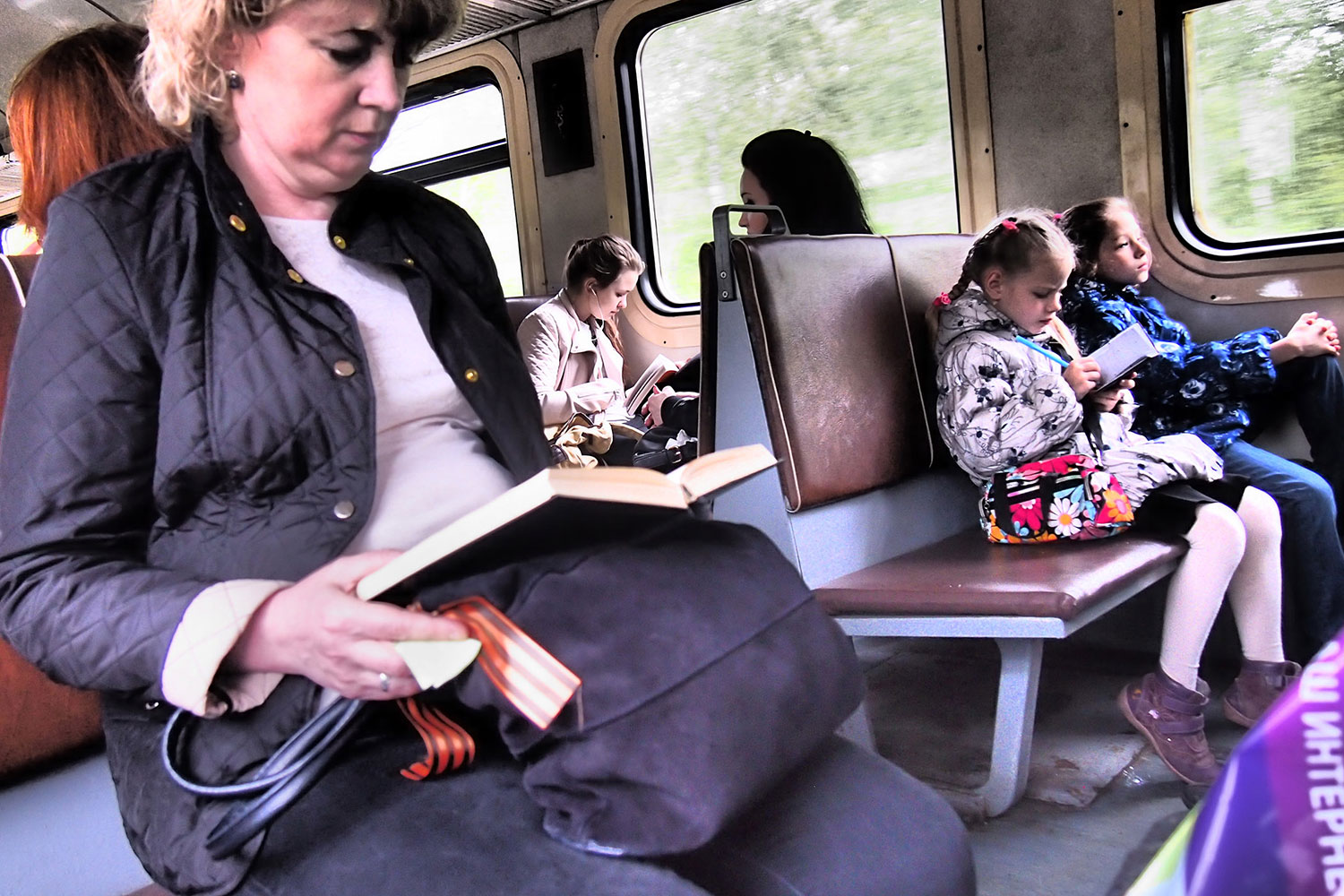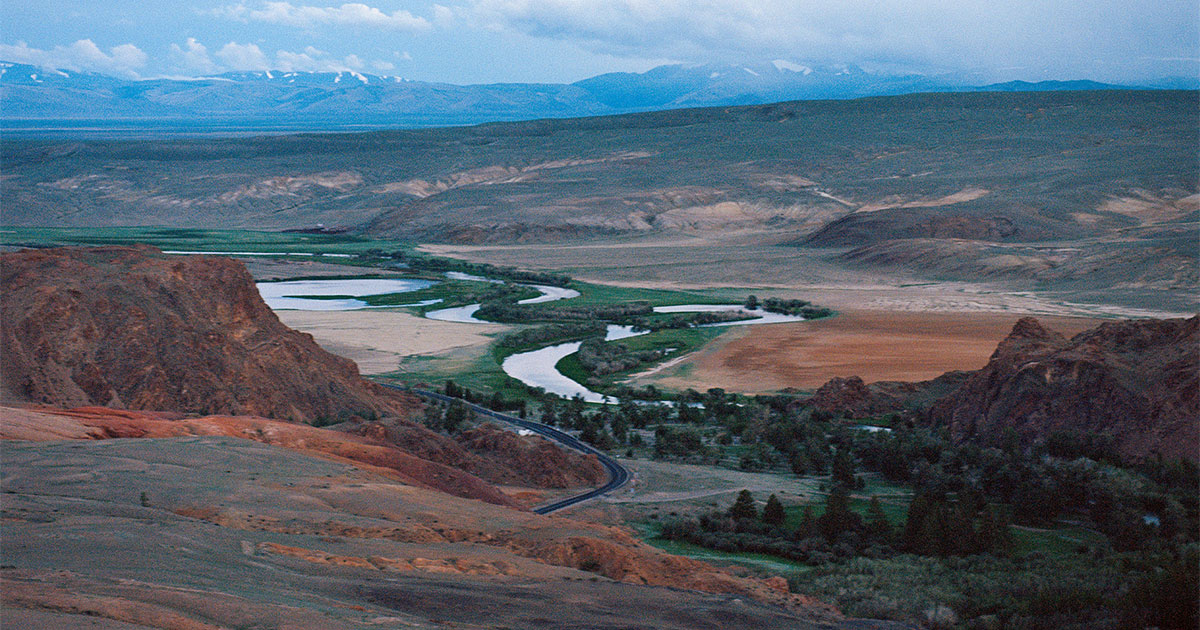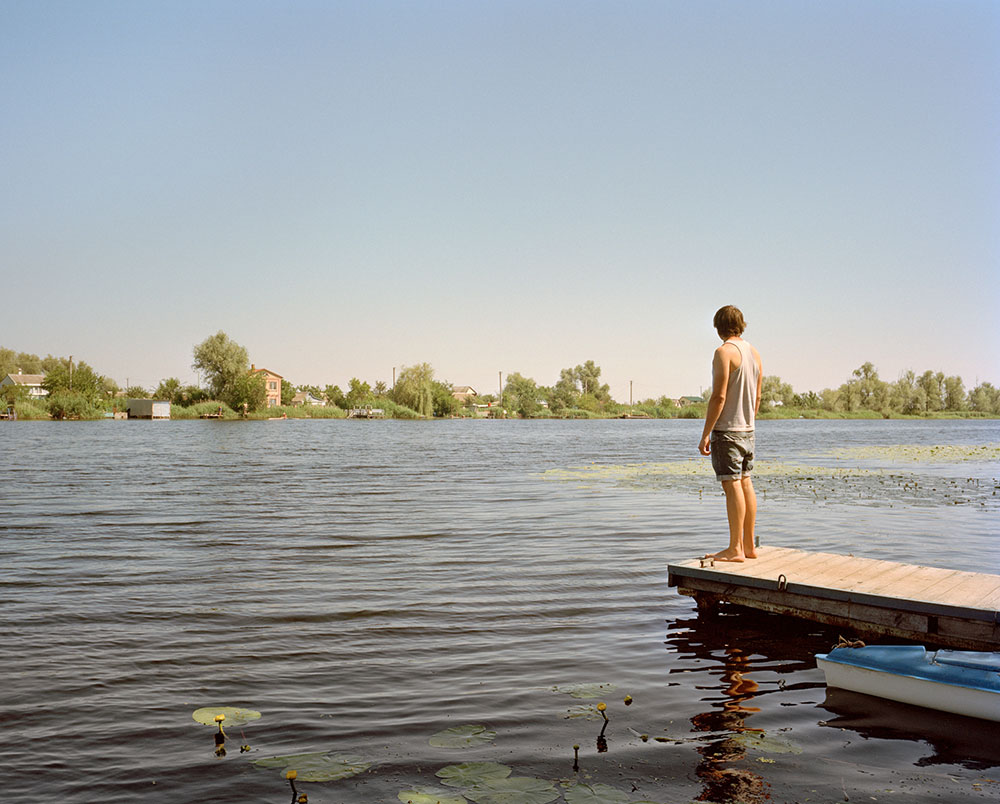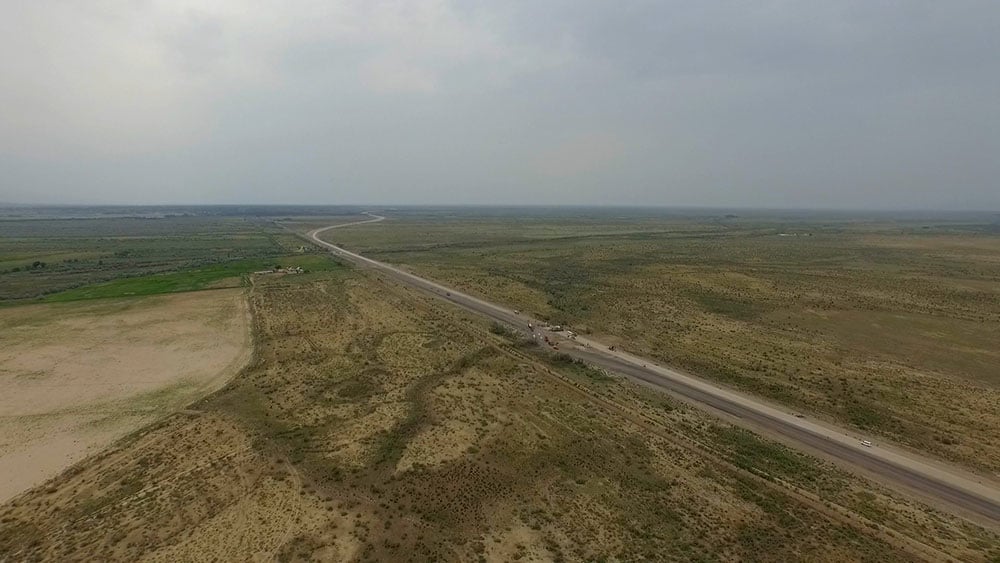Metroland: Moscow’s commuter trains are a strange but fabulous microcosm of human life
Great JourneysTake a ride on the elektrichka through Moscow's suburbs
In January 2014 photographer Yuri Ivashenko moved from Moscow to Korolev, a small commuter town outside the city and began to document his journeys back and forth to and from the capital. These took place via the elektrichka, the suburban train that’s the main mode of transport connecting Moscow with dozens of outlying towns.
“The elektrichka is a very vital space, a real cross section of Russian life and society,” says Ivashenko. “People eat, sleep, meet, fight, help each other, argue with the ticket inspector or run from him. The average length of a journey is 20 to 40 minutes so everything is very concentrated, much more than in a long-distance train. Socially, the people to various destinations differ, but the trains I took were usually filled with middle-class people, students, retired people and, to a lesser extent, manual workers.”
The microcosmic world of the elektrichka was instantly fascinating for the photographer, but it took some time to figure out how to approach his project. His favoured tactic was to wait patiently on the platform or in a carriage until something caught his attention. The result is a collection of images shot with unusual intimacy, exposing the gestures, expressions and scenes of everyday life that might otherwise go overlooked.
“One of the worst things about the atmosphere on a train is the constant noise from sellers, beggars and musicians who come in every two minutes,” says Ivaschenko. “They sell small things and cheap tat: toys and books, kites, super glue, torches, socks and mittens, portable tents for fishermen, fans for the heat, make-up, stationery, exotic toothbrushes and so on. There are the same vendors working there all the time — after a while you start recognising them.”
One of the oddest customs Ivaschenko witnessed was that of people riding on the back of trains to avoid paying the fare — something seemingly straight out of “Crazy Russia” YouTube videos, but which is apparently quite normal. “From May to September when it’s not too cold and rainy there are quite a lot of people travelling that way,” he says. “The most daring ride on top of the train. Usually it’s teenagers but occasionally middle-aged people too.”
Ivashenko’s photographs expose a side of Moscow that’s mundane yet essential to its mentality. Seasons change but the trains keep leaving and arriving regardless of the weather, transporting the passengers and carrying the world with them.
